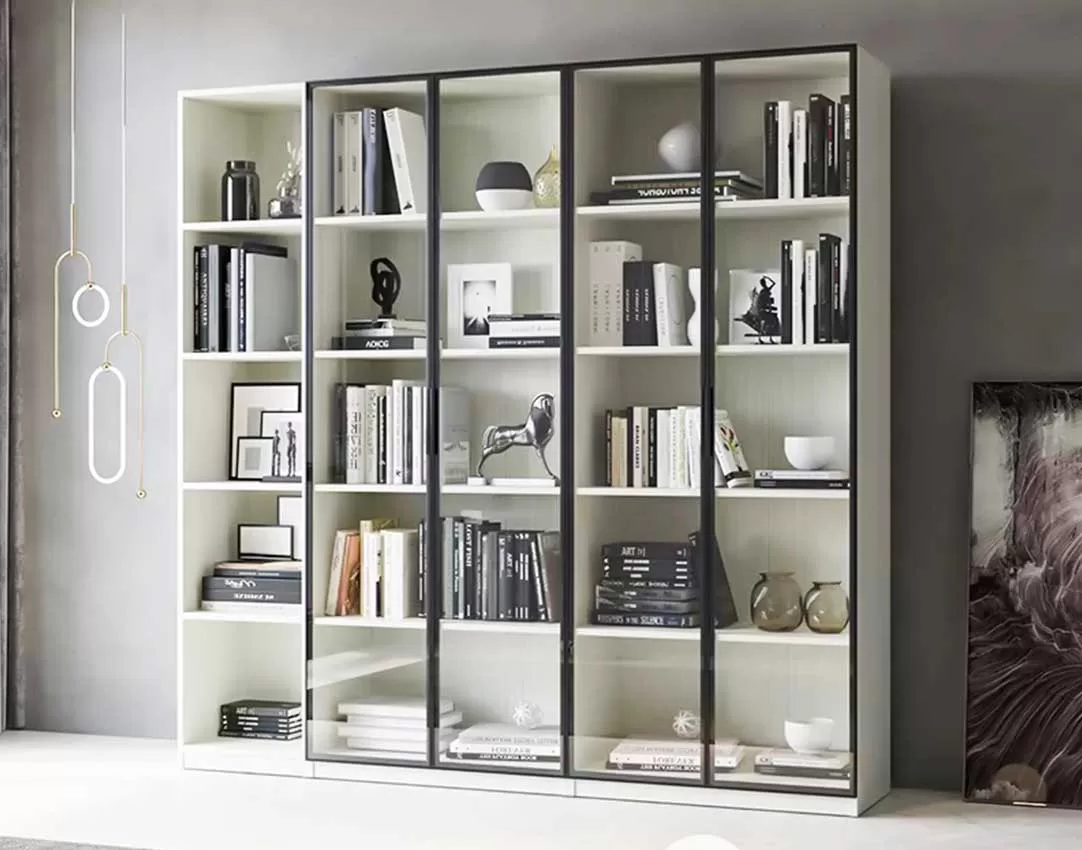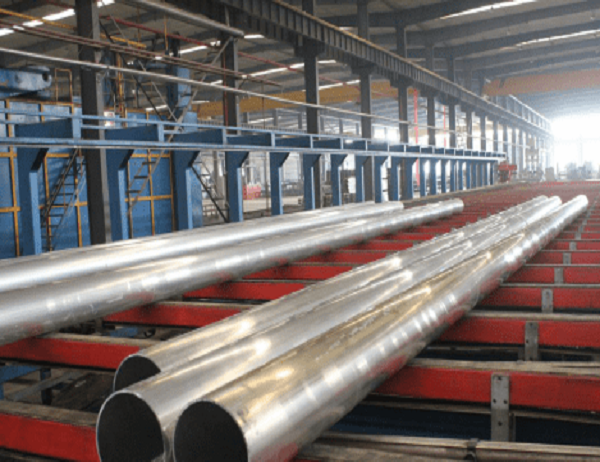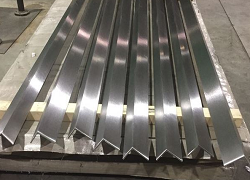Extruded aluminum tubes offer numerous advantages, including their lightweight, durability, corrosion resistance, and recyclability. However, achieving optimal performance from extruded aluminum tubes requires adherence to best practices during their installation. This article provides a comprehensive guide to the best practices for installing extruded aluminum tubes, ensuring their longevity and reliability.
The selection of the extruded aluminum tube is crucial for its successful installation. Factors to consider include:
Tube dimensions: Determine the appropriate inner diameter, outer diameter, and wall thickness based on the application requirements.
Alloy: Choose an alloy that meets the strength, corrosion resistance, and formability needs of the project.
Surface finish: Consider the desired surface texture, such as mill finish, anodized, powder-coated, or painted.
Before installation, prepare the extruded aluminum tube to ensure its cleanliness and proper fit:
Cleaning: Degrease and clean the tube surface with a solvent to remove contaminants and improve adhesion.
Cutting: Use a clean, sharp blade to cut the tube to the desired length. Ensure a perpendicular cut to prevent alignment issues.
Deburring: Remove any sharp edges or burrs from the cut ends of the tube using a file or sandpaper.
Assemble the tube with other components using appropriate techniques:
Mechanical fastening: Secure the tube with mechanical fasteners, such as screws, bolts, or rivets. Ensure proper torque values.
Bonding: Use adhesives or epoxies to bond the tube to other surfaces. Follow the manufacturer’s instructions for proper application and curing.
Welding: Welding can be used to permanently join aluminum tubes. However, it requires specialized equipment and skilled personnel.
Proper alignment and leveling are essential for the correct function of the tube:
Alignment: Ensure that the tube is aligned with other components within the specified tolerances. Use a level or measuring tools to verify alignment.
Leveling: Level the tube horizontally or vertically as required. Use shims or adjustable supports to achieve the desired level.
Provide sufficient support and bracing to prevent tube deflection or bending:
Supports: Install supports at regular intervals along the tube’s length to ensure proper loading and prevent sagging.
Bracing: Use braces or gussets to reinforce the tube in areas subjected to high loads or vibration.
Regular inspection and maintenance are essential to maintain the performance of extruded aluminum tubes:
Inspection: Inspect the tube periodically for signs of damage, corrosion, or misalignment.
Maintenance: Clean the tube surface and lubricate moving parts as required. Repair or replace damaged components promptly.
By following these best practices, you can ensure the successful installation and long-term performance of extruded aluminum tubes. These guidelines help maximize the tube’s structural integrity, prevent failures, and extend its lifespan.



